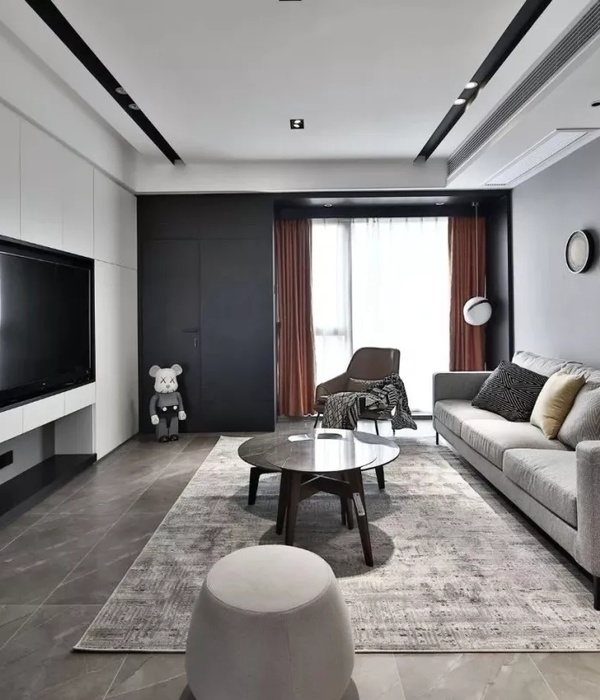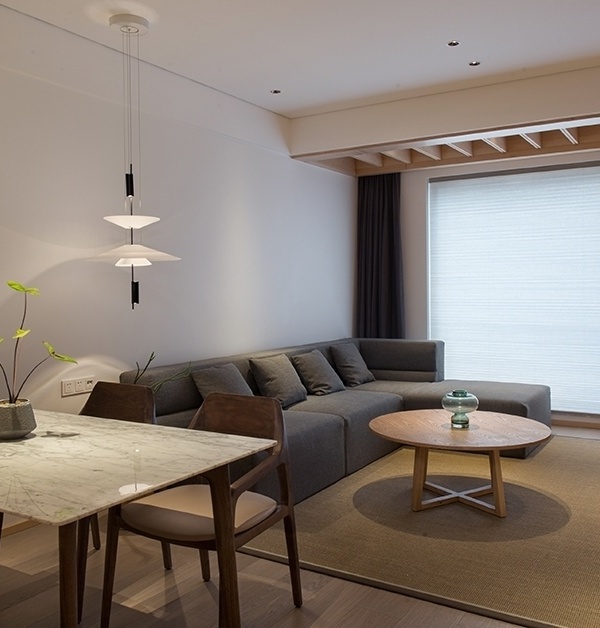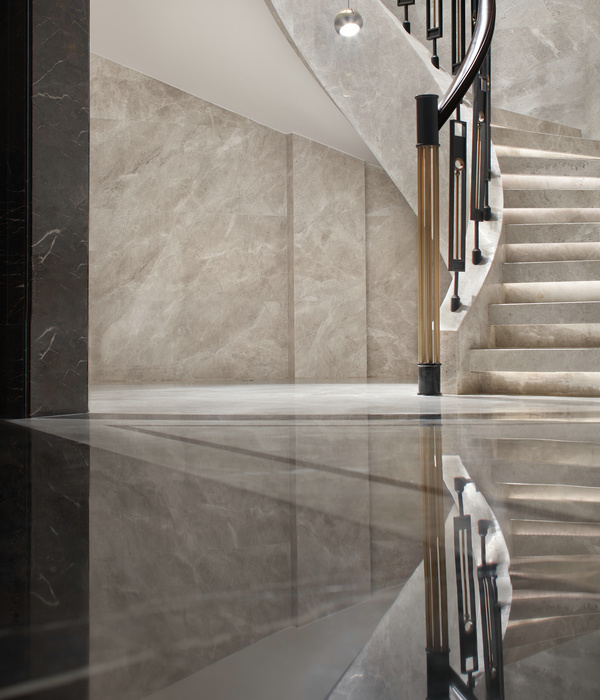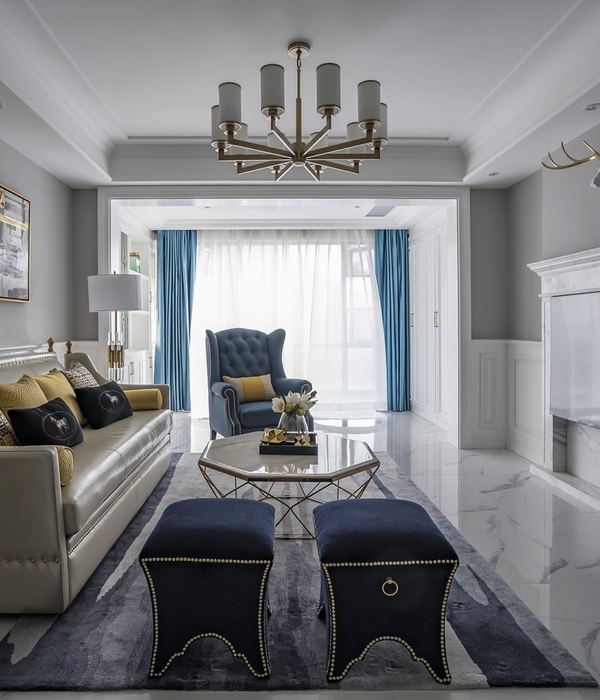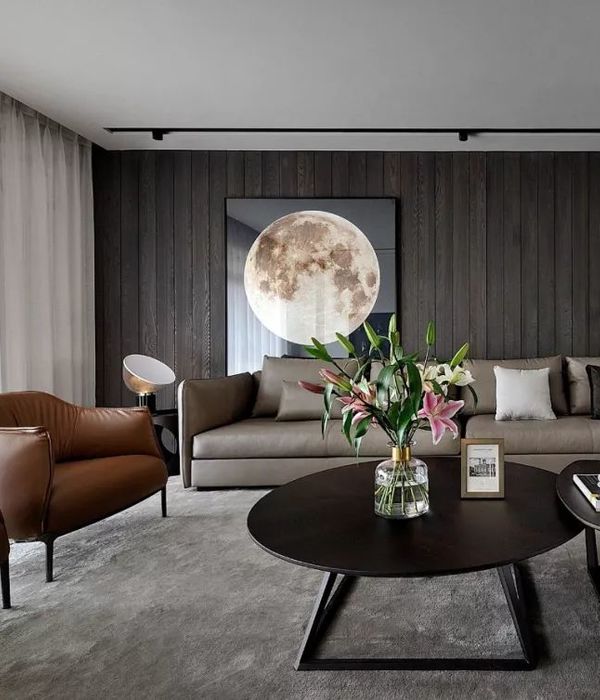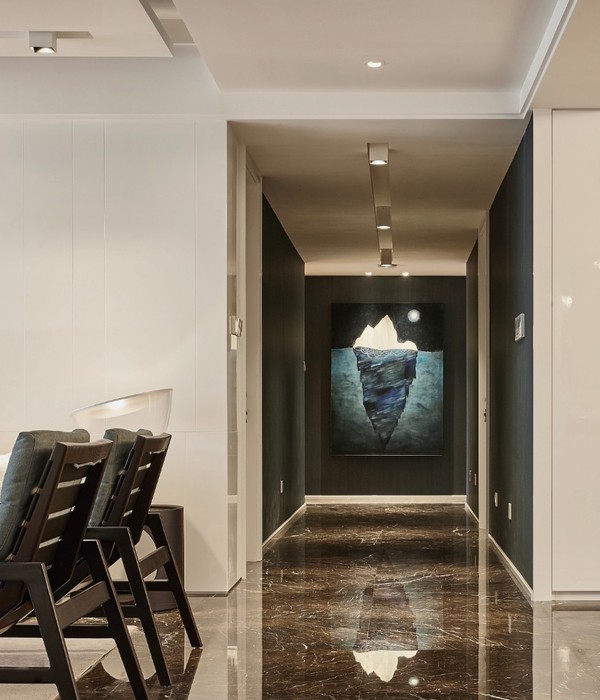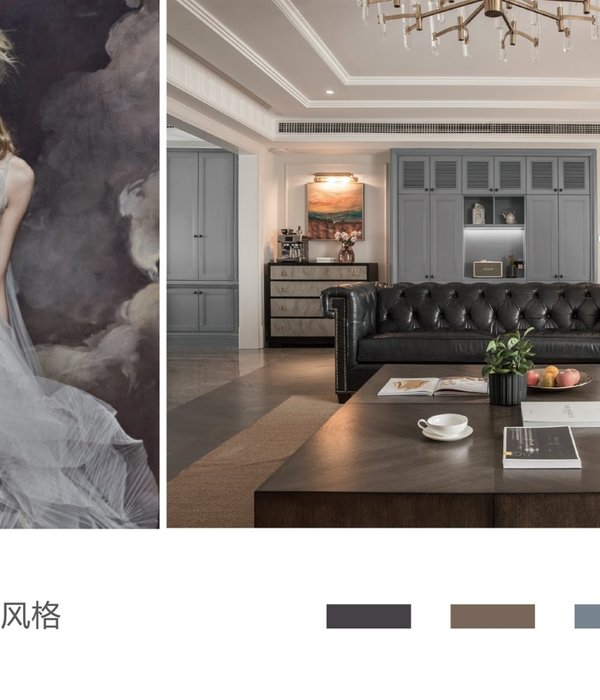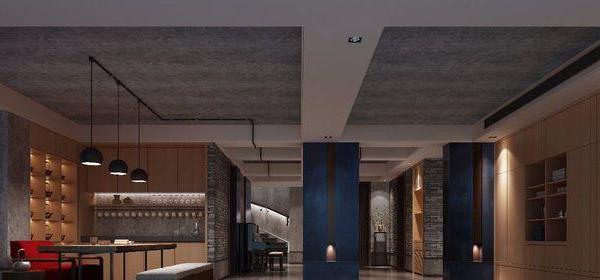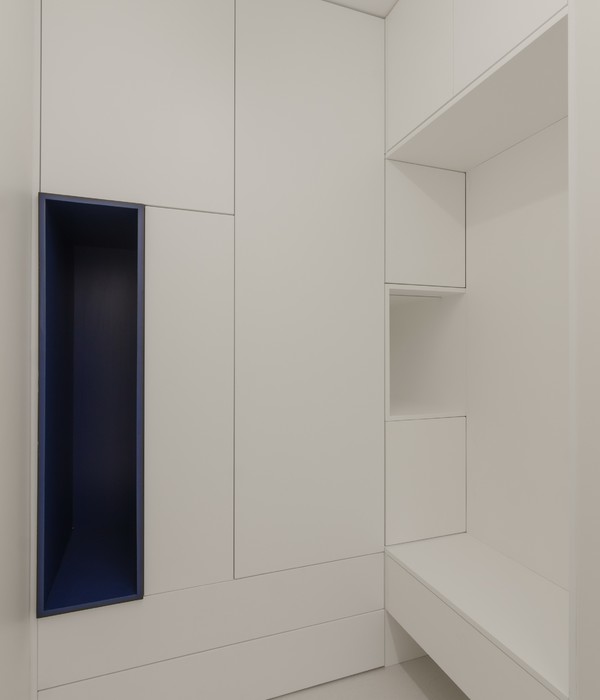The new auditorium designed by Studio Gemma and Alvisi Kirimoto, combines several functional programs within the historic headquarters of the LUISS Guido Carli university campus, in the heart of Trieste district in Rome.
Located at level -2, the Aula Magna covers a total area of almost 700 square meters, with a height of 7.5 m. The auditorium, with capacity for 500 seats, is equipped with a foyer and other complementary spaces such as the entrance hall, the gallery, the director's cabin, the backstage, the lecturers’ cabin and the simultaneous translation booth. The interiors have been carefully designed to ensure great versatility, and their multiple configurations accommodate a kaleidoscope of cultural, artistic and social events, from lectures to classes, from galas to movies.
The auditorium preserves its original layout and enhances its asymmetric feature: at the entrance, the space expands, generating a multifunctional side aisle, which faces a continuous wall on the opposite side. The design choice to bring the load-bearing structure in béton brut back into view, emphasizes the structural spans of the volume.
The room combines two main areas from a functional and architectural perspective: the parterre, which can be entirely or partially used thanks to a roller blind housed in the central beam; and the gallery, which retains its autonomy through a mobile partition wall and fulfils a dual function as a classroom.
The parterre consists of four seating areas, plus two sectors on either side of the director’s cabin, which can be partially removed. The gray-fabric armchairs reflect the color of the carpet, bringing homogeneity to the whole. Equipped with folding tables, electricity and USB sockets, it simultaneously doubles up as a classroom.
The finish of the Aula Magna is divided into two. The lower part of the room incorporates gray painted Celenit panels, and features natural oak listels, behind which a layer of strategically placed rock wool enhances the wall’s acoustic capabilities. The entrance aisle is covered in the same way, from the false ceiling that integrates the lighting between the listels, to the walls, in which the listels can be partially warped and used as coat hangers.
Next to the podium, the listel cladding continues at full height, concealing the access door to the simultaneous translation booth. The stage, raised only 30 cm, features oak slat flooring and oak paneled wall cladding, which frame the black background wall in continuity with the large LED wall screen. The black panels, which can be hinged open, camouflage the access to the backstage technical rooms.
The upper order of the walls highlights the asymmetrical nature of the hall. The west wall has oak panels that detach from the plastered base wall, in analogy with the false ceiling, while the east wall, in plasterboard with scratched plaster, is designed as a backdrop for projections, thanks to three projectors embedded in the opposite wall.
Designed to host multiple types of events, the Aula Magna boasts sophisticated audio, video and lighting technology: touchscreens in the director’s cabin, on the podium and in portable format, enable the room to be configured in various ways.
The gallery, equipped with roll-up screens for projections and with all equipment that favors didactic use, encompasses scratched plaster walls and an oak-paneled false ceiling, creating coherence with the rest of the room. The mobile wall, which separates the gallery from the main room, consists of packable panels with high acoustic insulation characteristics.
The design has been curated to 360 °, starting with the furnishings such as the conference table and the podium, tailor-made with meticulous attention to detail, functionality and integration to all technological devices. Even the use of color and the choice of materials have been precisely calibrated: the cold tones of the béton brut and the coarse-grained plaster merge with the warmth of natural oak wood, in a balanced game of textures and of color contrasts.
Studio Gemma and Alvisi Kirimoto
Cristiano Gemma (Studio Gemma), Massimo Alvisi (Alvisi Kirimoto)
Team: Alessandro Speranza, Chiara Quadraccia
ECOFAST SISTEMA s.r.l.
Mechanical Engineering: Q Progetti s.r.l.
Fire Prevention System: DM Ingegneria s.r.l.
Acoustic: Eng. Andreas Hoischen
Lighting: Arch. Sara Forlani
©Delfino Sisto Legnani and Marco Cappelletti
{{item.text_origin}}

